I'm working in a team with 8 people. I need to create an EC2 intance. Just before I create the instance, EC2 lets me create a key-pair and then download it.
The problem is: That way I need to share the same private key for all 8 team members.
Now, what happens if tomorrow one of the teammates leave? I will need to recreate the machine with a new key pair.
How can I manage the keys correctly so every team member will have his/her unique key that is associate with his/her IAM user, so once he/she leaves the company, I will be able to invalidate his/her key?
